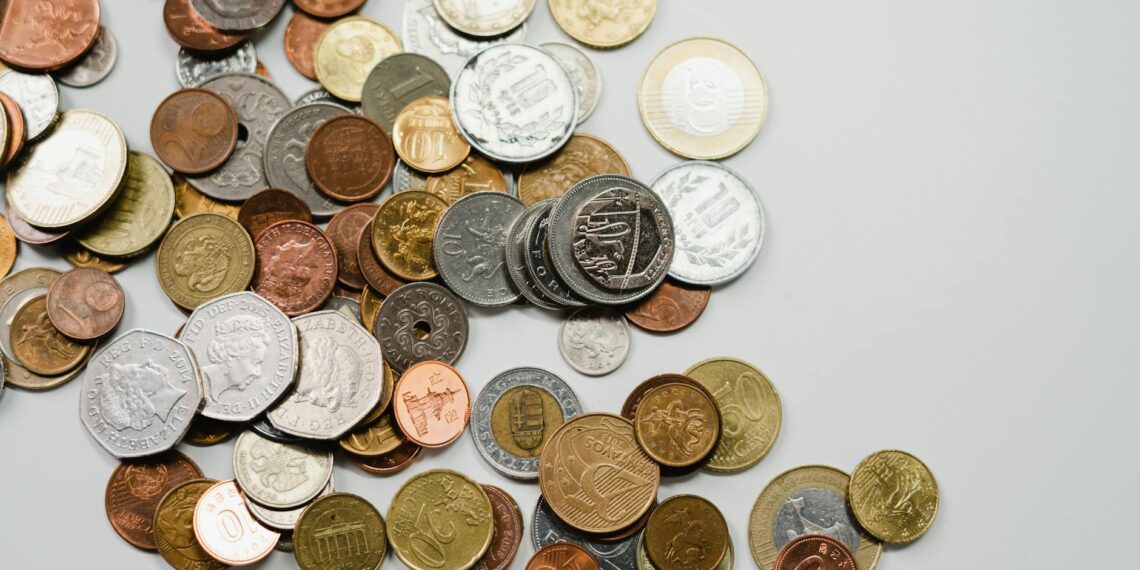The value of a 1982 US coin depends on several factors: denomination, mint mark, date variety (for pennies), condition, and errors.
Here’s a breakdown by denomination:
- Composition: 1982 pennies were minted in both copper (95% copper, 5% zinc) and zinc (97.5% zinc, 2.5% copper plating) due to rising copper prices. Copper pennies weigh 3.11 grams, and zinc pennies weigh 2.5 grams.
- Date Variety: Both Large Date and Small Date varieties exist. The Small Date has a narrower, more compact appearance.
- Value:
– Standard Copper (Large Date, P or D mintmark): Circulated condition: $0.02-$0.05. Uncirculated: $1-$5.
– Standard Zinc (Large Date, P or D mintmark): Circulated condition: Face value. Uncirculated: $1-$3.
– Copper Small Date (Philadelphia Mint – no mint mark): Rare. Circulated condition: $2-$5. Uncirculated: up to $50 or more.
– Copper Small Date (Denver Mint – D mintmark): Extremely Rare . Values range from $10,000 to $18,000+, depending on grade and condition.
– Zinc Small Date (Philadelphia Mint – no mint mark): Circulated condition: Face value. Uncirculated: $2-$5. High-grade examples (MS67+) can be worth $1,000-$3,000.
– Zinc Small Date (Denver Mint – D mintmark): High-grade examples can be valuable. A PCGS certified example sold for $18,000 on [eBay] in April 2021.
– Errors: Doubled dies, off-center strikes, and clipped planchets can significantly increase a penny’s value.
- Mint Marks: 1982 dimes can have a “P” (Philadelphia) or “D” (Denver) mint mark, or no mint mark (Philadelphia).
- 1982 No P Dime: This error variety, where the Philadelphia Mint omitted the “P” mint mark, is sought after by collectors. Values for uncirculated examples range from $90 to $2,000, depending on condition and strike quality. In MS67+, they can be worth $1,500-$3,000+.
- Standard P and D Dimes: In circulated condition, these dimes are generally worth face value. Uncirculated examples are worth more, with values ranging from $0.30 to $195.00 depending on grade and strike quality.
- Errors: Errors like weak strikes can increase value.
- Mint Marks: 1982 quarters can have a “P” (Philadelphia), “D” (Denver), or “S” (San Francisco) mint mark.
- P and D Quarters: The 1982 P quarter was the first quarter to feature the “P” mint mark. Both P and D quarters are relatively common in circulated condition.
- Value: Circulated P and D quarters are generally worth face value. High-grade uncirculated examples (MS65 and above) are more valuable. An MS68 1982 P quarter sold for $9,000. An MS68 1982 D quarter sold for $4,500.
- Proof Quarters (S Mint Mark): These quarters were only issued in proof sets. High-grade proof quarters can be valuable. A PR69 1982 S quarter can be worth around $800.
- Errors: Errors like double dies on either the obverse or reverse can significantly increase the value of a 1982 quarter, fetching values between $18 and $800 depending on condition and severity of the error. Other errors, such as quarters struck on nickel planchets, can be worth around $2,000.
- Mint Marks: 1982 half dollars can have a “P” (Philadelphia) or “D” (Denver) mint mark.
- Value: Circulated P and D half dollars are worth above face value, typically between $0.60 and $0.75. Uncirculated examples are worth more, with values ranging from $1 to $3500 depending on grade and mintmark.
- 1982 P “No FG” Half Dollar: This variety, where the “FG” initials of the designer are missing, is rare and valuable. A MS67 example sold for $2,995.
Coin grading is crucial in determining a coin’s value. A coin’s grade is determined by its condition (wear and tear), strike quality, luster, and overall eye appeal. Professional grading services like NGC and PCGS provide unbiased evaluations and encapsulate coins in protective holders, which can increase their marketability and value. A higher grade generally equates to a higher value.
Important Note: Prices can fluctuate based on market demand and trends. It’s always advisable to consult with a professional coin dealer or appraiser for an accurate valuation of your specific coin.









Is a 1982 coin worth anything?
From my experience, As a general rule, 1982 Large Date pennies are made of copper and do command a dollar or two from collectors, as they are some of the “old-style” pennies. The new pennies are therefore Small Date pennies and are likely worth little more than their face value.
What makes a 1982 quarter rare?
From my experience, The U.S. Mint did not produce uncirculated and proof coins; only circulated ones are available. This happened due to the Federal Budget cuts and the Economic recession that peaked in 1982. Since all the coins available are circulated, finding a Quarter in even good condition is rare, reflecting the value they carry.
What is the error on the 1982 small date coin?
I can help with that. This 1982 Lincoln Memorial Penny Small Date transitional coin error is a must-have for any coin collector. The composition of this penny is bronze and it was struck at the Philadelphia Mint location as a business strike type. This coin is ungraded and uncertified.